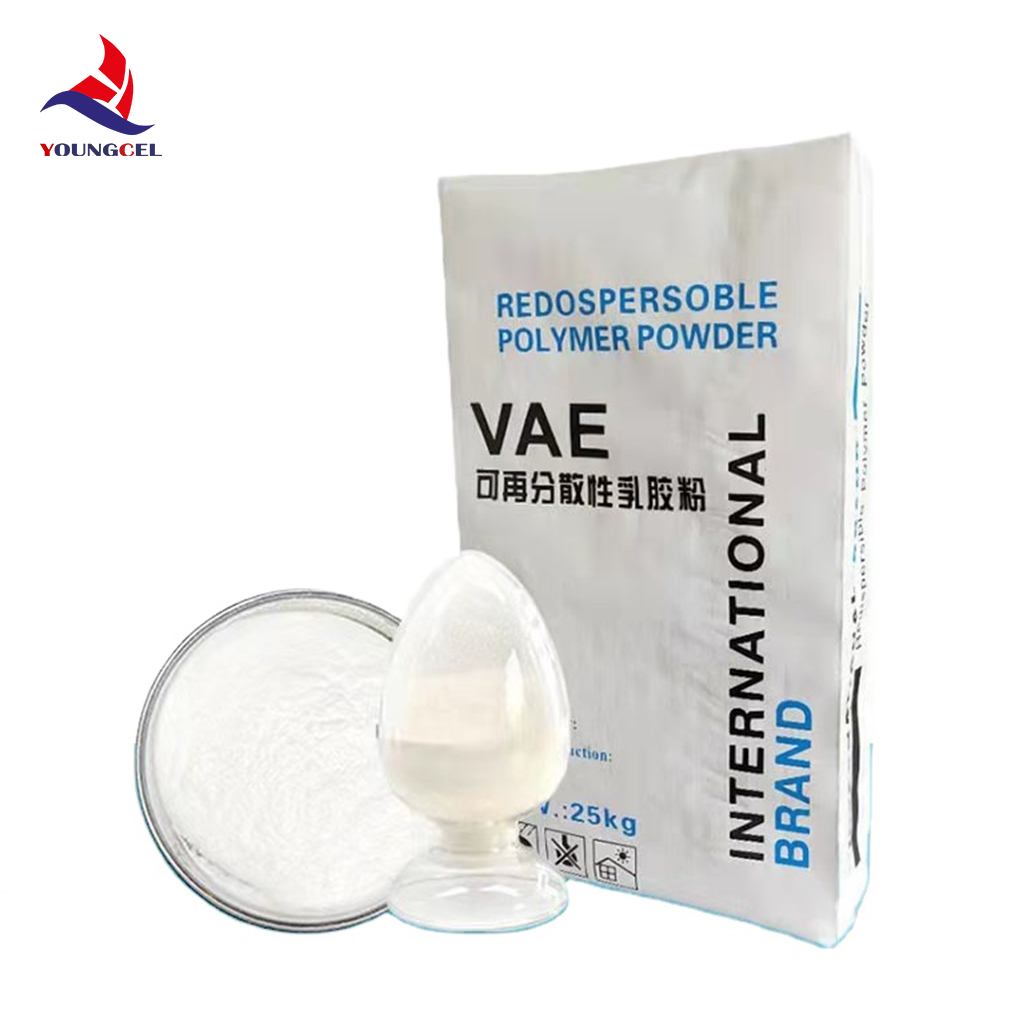Understanding Methyl Cellulose and HPMC Properties, Applications, and Benefits
Methyl cellulose and hydroxypropyl methylcellulose (HPMC) are popular cellulose derivatives widely used in various industries due to their unique properties and versatility. As water-soluble polymers, both materials have become essential in fields such as food, pharmaceuticals, cosmetics, and construction, due to their ability to modify viscosity, improve texture, and enhance stability.
What is Methyl Cellulose?
Methyl cellulose is a cellulose ether derived from natural cellulose, which has been chemically modified to substitute hydroxyl groups of cellulose with methoxy groups. The degree of substitution influences its solubility and viscosity. The methyl groups introduce hydrophobic characteristics, making methyl cellulose soluble in cold water while rendering it insoluble in hot water. This property is crucial for various applications, where controlling textural and viscosity attributes is required.
Hydroxypropyl Methylcellulose (HPMC)
HPMC is a more complex derivative formed by introducing hydroxypropyl groups alongside methyl groups. This modification enhances water solubility and thermal stability, making HPMC suitable for a broader range of applications. HPMC is well-known for its ability to form gel-like structures upon heating, which makes it particularly useful in food formulations and pharmaceuticals.
Properties of Methyl Cellulose and HPMC
Both methyl cellulose and HPMC exhibit numerous properties that contribute to their widespread usage
1. Thickening Agent Both compounds are excellent thickening agents, increasing the viscosity of solutions and producing stable emulsions. 2. Film-Forming Ability They form flexible, transparent films that serve as barriers, providing protection to encapsulated substances in pharmaceuticals and food products.
4. Gelling and Stabilizing They can produce gels at specific concentrations, which is essential for formulations requiring stability over varying temperatures.
5. Non-Ionic Nature Their non-ionic nature makes them compatible with various ionic compounds, expanding their utility across diverse applications.
Applications of Methyl Cellulose and HPMC
methyl cellulos hpmc

Food Industry
In the food sector, methyl cellulose and HPMC are commonly used as stabilizers, thickening agents, and emulsifiers. They are integral in the formulation of low-fat and gluten-free products, enhancing texture and moisture retention. Additionally, their gelling properties provide unique mouthfeel and structure in sauces, dressings, and dairy products.
Pharmaceutical Industry
In pharmaceuticals, HPMC plays a critical role as an excipient in tablet formulation, providing sustained release of active ingredients. Its film-forming ability aids in coating tablets, ensuring stability and improving patient compliance by masking unpleasant tastes.
Cosmetics and Personal Care
In the realm of cosmetics, methyl cellulose and HPMC improve the texture and consistency of lotions, creams, and hair styling products. Their film-forming abilities also enhance the longevity of products and provide a desirable aesthetic.
Construction Industry
In construction, these cellulose derivatives are used in cement and mortar formulations as water retention agents, improving workability and strength. By minimizing water loss during curing, they enhance the durability of construction materials.
Benefits of Using Methyl Cellulose and HPMC
The benefits of employing methyl cellulose and HPMC in various applications are numerous
- Versatility Their diverse functional properties enable their use across multiple industries. - Improved Texture They enhance the sensory experience in food and cosmetics. - Stability and Shelf Life They improve the stability of products, extending their shelf life. - Safety and Non-Toxicity Both compounds are generally recognized as safe, making them suitable for use in food and personal care applications.
Conclusion
Methyl cellulose and hydroxypropyl methylcellulose are invaluable materials in today’s market. Their ability to enhance product performance, improve sensory attributes, and ensure stability makes them indispensable in various industries. As research continues to advance, the potential applications of these cellulose derivatives will likely expand, further solidifying their role in innovative formulations and products.
-
Rdp Powder: Key Considerations for Wholesalers in the Building Materials IndustryNewsJul.08,2025
-
Key Considerations for Wholesalers: Navigating the World of Hpmc - Based ProductsNewsJul.08,2025
-
Hpmc Detergent: Key Considerations for WholesalersNewsJul.08,2025
-
Key Considerations for Wholesalers: China Hpmc For Tile Adhesive, Coating Additives, Concrete Additives, and MoreNewsJul.08,2025
-
Crucial Considerations for Wholesalers: Navigating the World of Construction MaterialsNewsJul.08,2025
-
Key Considerations for Wholesalers Sourcing Additive For Cement, Additive For Concrete, Additive For Putty from Additive Manufacturer Shijiazhuang Gaocheng District Yongfeng Cellulose Co., Ltd.NewsJul.08,2025




